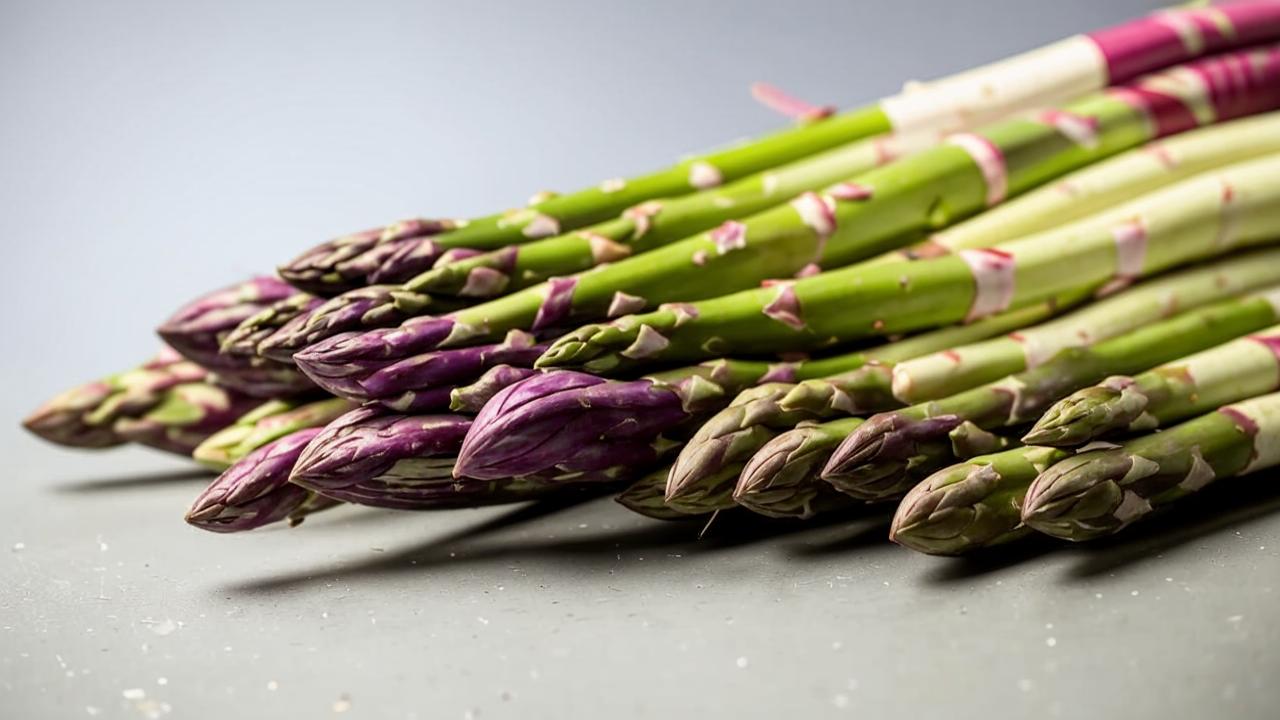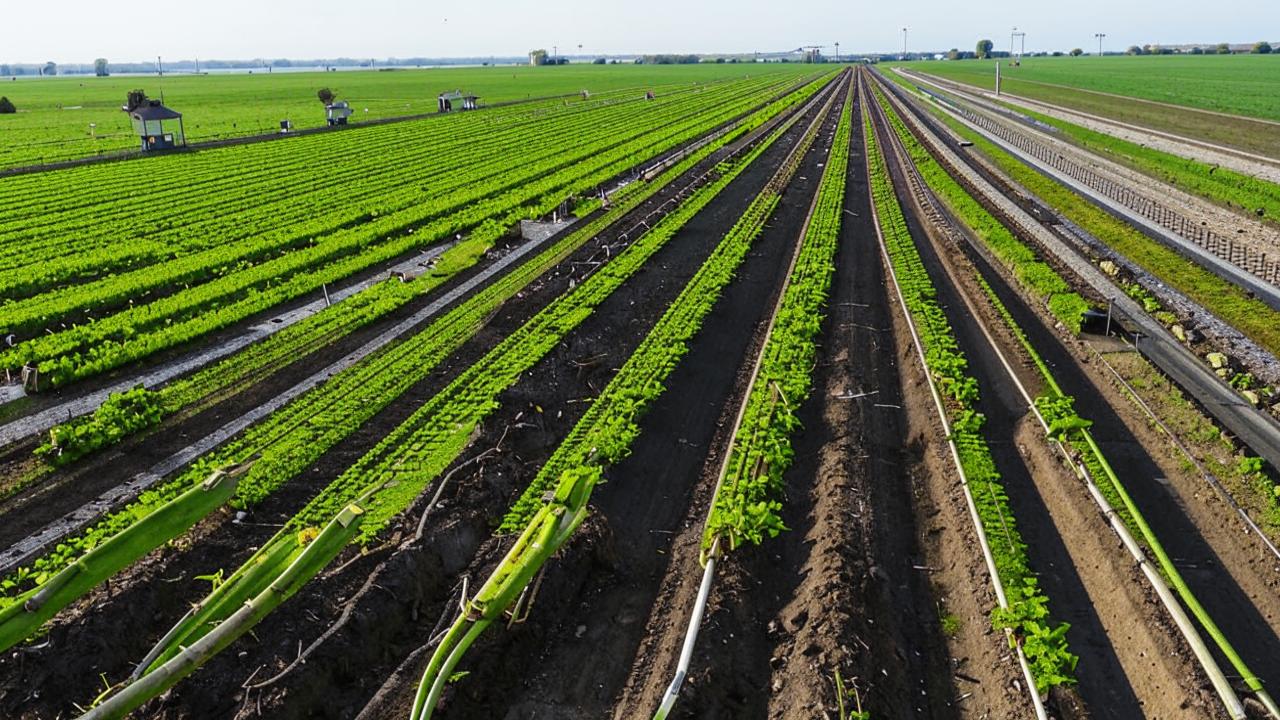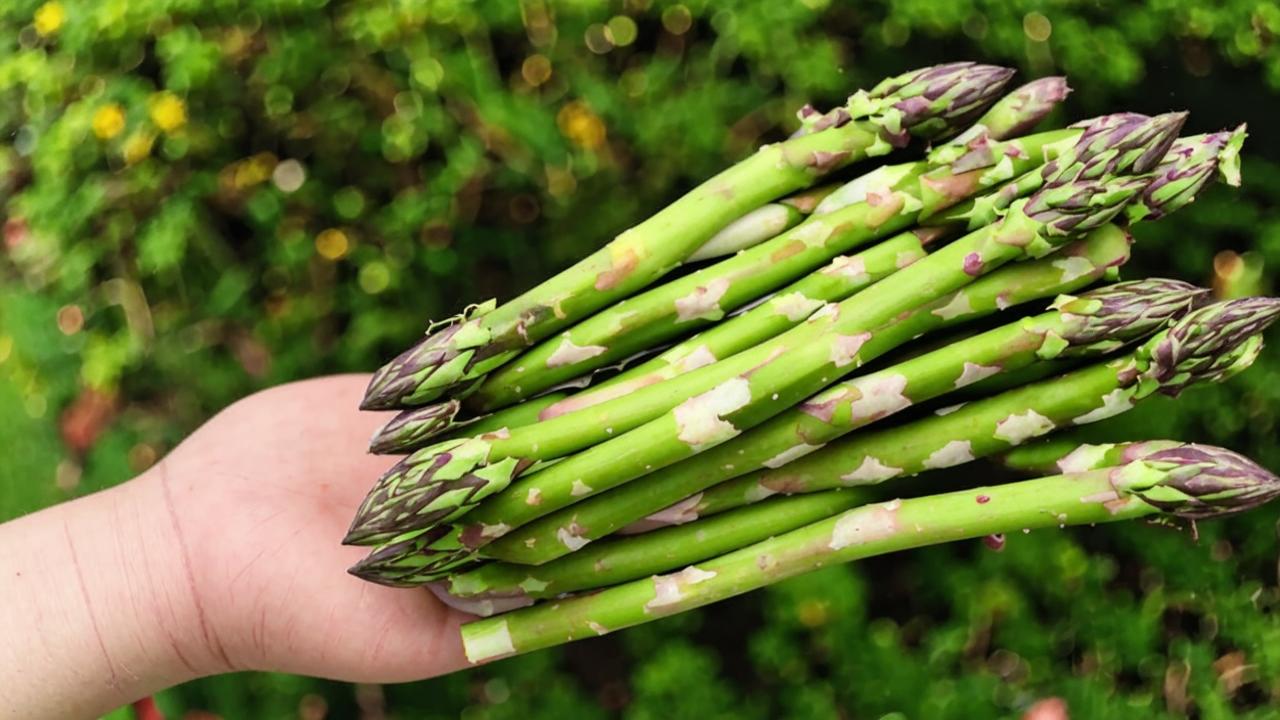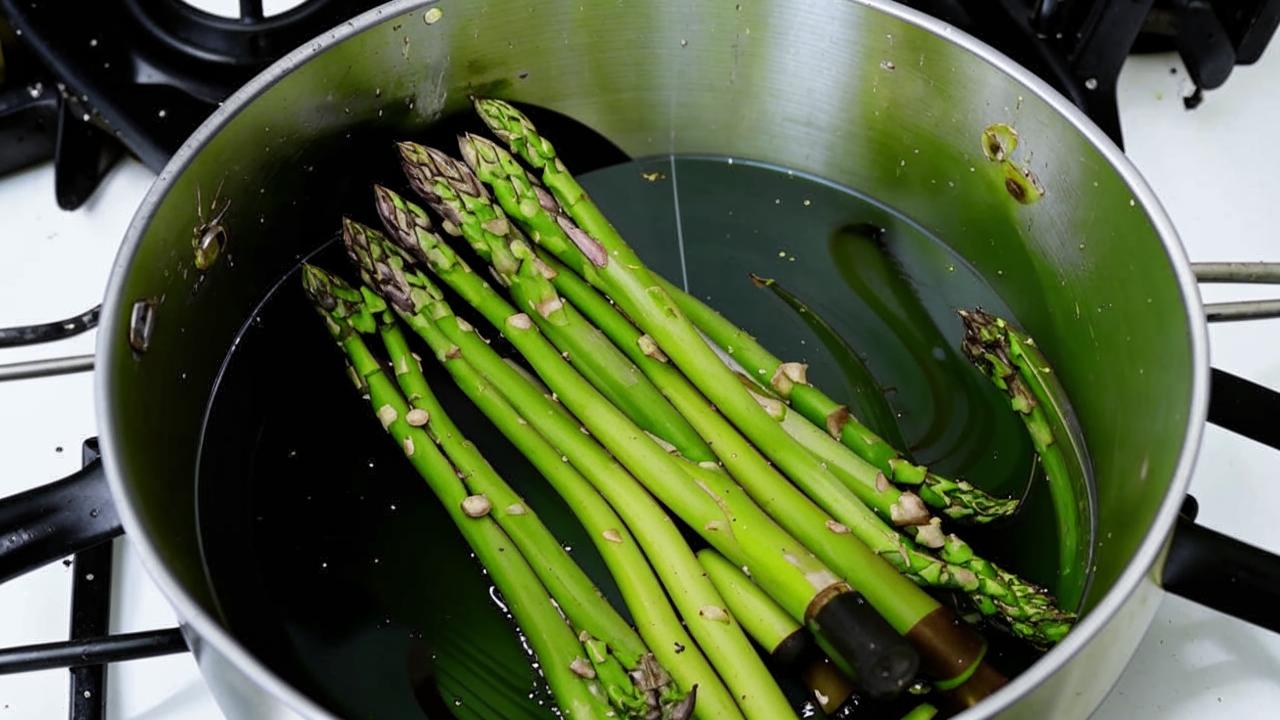
Nutriciologist, member of the public association “Nutriciologists of Russia”
“Striving for a better diet? Try asparagus. It’s a perennial flowering plant introduced from Europe to North America hundreds of years ago. However, its history dates back to ancient Egypt, where images of the vegetable can be found on tomb walls. It originally grew wild along riverbanks or seashores, preferring soil too salty for other plants.”
Today, the world’s largest producers of asparagus are China, Peru and Germany. Most of it is grown in the United States, here it comes from the following states: California, Washington and Michigan.
The vegetable is harvested in the spring. It can take up to three years to produce a crop, but a single plant continues to produce fruit for about 15 years. Under ideal growing conditions it can grow up to 25 centimeters in 24 hours.
Asparagus varieties
Asparagus is usually available in several colors in stores. Green is the most common color of this product, but white and purple have gained popularity.
The white variety is harvested before the spear breaks through the soil, so it is never exposed to the sun. Because this kind of asparagus is only available for a few weeks, it is more expensive than green asparagus.

Purple is beautiful raw, but loses color when cooked. The main difference between the shades is in flavor and texture. The nutritional value is almost the same.
Useful properties
Asparagus is a nutritional source of vitamins, so it can be part of a well-balanced diet. Due to its low calorie content (about 20 kcal), very low fat content (0.12 g/100 g), diuretic properties, as well as a balanced complex of vitamins and minerals, it is considered an excellent product to include in the diet.
The main nutrient in the composition is potassium. Insufficient intake of this mineral increases blood pressure. It also increases the risk of kidney stones, decreases bone metabolism, and impairs urinary excretion of calcium and salt sensitivity. This means that changes in sodium intake affect blood pressure more than usual.

Asparagus are among the foods with the highest folic acid content. In boiled form (4 pieces) – 89 mcg – that’s 22% of the daily value.
After consuming asparagus, some people notice that their urine has an unpleasant odor. This is due to asparagus acid, which when digested breaks down into sulfur-containing compounds that give the urine its characteristic smell and color.
Only some people can smell this odor. But this is not a reason to give up this versatile vegetable, because it is extremely useful.
Asparagus has an anti-stress effect, improves the quality of sleep and relieves mental stress, improves memory. It has a preventive effect in Alzheimer’s disease and therapeutic – in cognitive impairment. It also reduces the risk of cardiovascular disease.
禁忌事項
People taking blood thinners need to monitor their vitamin K intake. They should consult their physician to find out if they can include asparagus in their diet.
Since asparagus components can irritate mucous membranes, stimulating the secretory activity of the gastrointestinal tract (GIT), in chronic inflammation and especially in exacerbations of diseases of these organs from the use of asparagus is better to refuse.
Green asparagus has a lot of fiber, which is difficult for the digestive system of children to cope with. Therefore, until the age of two years, this vegetable should not be included in the diet of a child. Therefore, it is better to start culinary “acquaintance” not in raw form, but boiled.
How to choose and store?
When buying, you should choose evenly colored bright shoots with tightly pressed shiny scales with a length of 15-20 cm and a diameter of 1-2 cm. The tops should be dense, small in size, and the stem – elastic to the touch.

To determine the freshness of the product can be guided by the cut, which in stale asparagus will be dry. This is important because to preserve the richness of flavor and aroma, it is desirable to eat asparagus on the day of harvest. If this can not be done and cooking should be postponed for one or two days, then it is better to wrap the shoots in a damp cloth and place them in the refrigerator.
In this case, asparagus bundle should be untied and spread the shoots in a single layer, otherwise the inner stems in the bundle will begin to rot.
What to cook with asparagus?
Pasta and asparagus salad
Ingredients for the dressing:
- olive oil – 1/4 cup;
- lemon juice – 2 tbsp;
- rice or white wine vinegar – 2 tbsp;
- dill – 2 tsp;
- ground black pepper – to taste.
Ingredients for the salad:
- whole grain pasta of medium size – 3 cups;
- asparagus, cut into pieces – 8 pieces;
- cherry tomatoes (cut in half) – 1 cup;
- green pepper (finely chopped) – 1 cup;
- green onions (finely chopped) – 1/2 cup.
Preparation:
- For the dressing, in a small bowl, add the olive oil, lemon juice, vinegar, dill greens and black pepper.
- Whisk to mix evenly. Set aside.
- For the salad, pour 3/4 of the water into a large saucepan and bring to a boil.
- Add the pasta and bring to a boil (al dente): 10 to 12 minutes.
- Rinse pasta thoroughly under cold running water.
- Put the asparagus in a saucepan and cover with water. Bring to a boil and cook just until crispy soft, about 3-5 minutes.
- Drain and rinse under cold water.
- In a large bowl, add the pasta, asparagus, tomatoes, green pepper, onion and dressing.
- Stir to make sure the mixture is even. Cover and refrigerate.

Asparagus Omelet
Ingredients:
- asparagus – 100 g;
- egg whites – 4 pcs;
- sunflower oil – 1/2 tsp;
- salt – to taste;
- ground black pepper – to taste.
Preparation:
- Cut the asparagus into small pieces.
- Place asparagus in a saucepan and fill with water. Bring to a boil and cook just until crispy soft, about 3-5 minutes.
- Whisk the egg whites with a fork.
- In a small skillet over medium heat, heat the oil.
- Fry the omelet for 2-3 minutes, season with salt and pepper.
- Transfer the omelet to a platter. In the skillet where the egg whites were fried, lightly fry the asparagus.
- Place the omelet on top. Allow to heat through for 2 to 3 minutes.

Baked asparagus
Ingredients:
- asparagus – 16 pcs;
- olive oil – 2 tbsp;
- salt – 1 tsp;
- cheese (grated) – 1 tbsp.
Preparation:
- Preheat the oven to 200°C.
- Rinse the asparagus and place in a single layer on a baking tray.
- Drizzle the asparagus with olive oil and sprinkle liberally with salt.
- Bake for 10-15 minutes, turning the asparagus occasionally.
- Sprinkle with cheese before serving.





